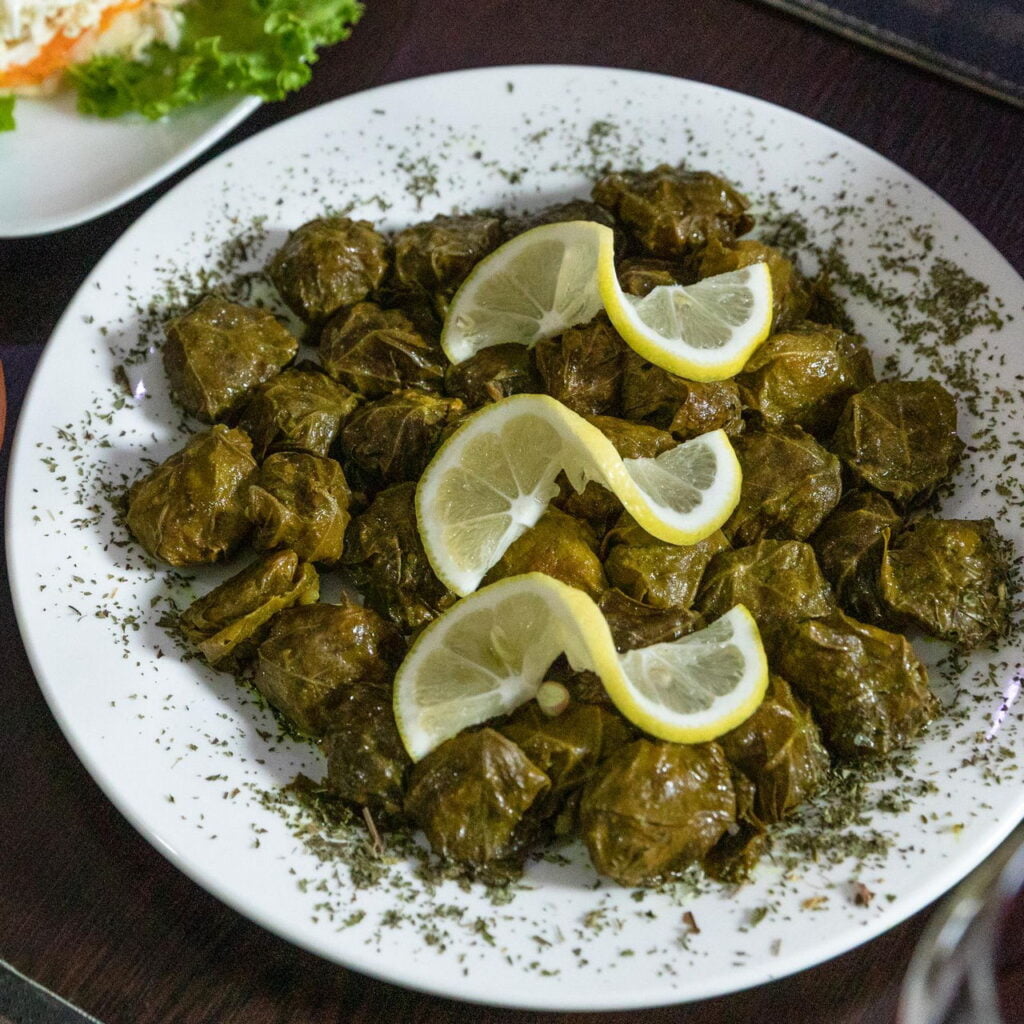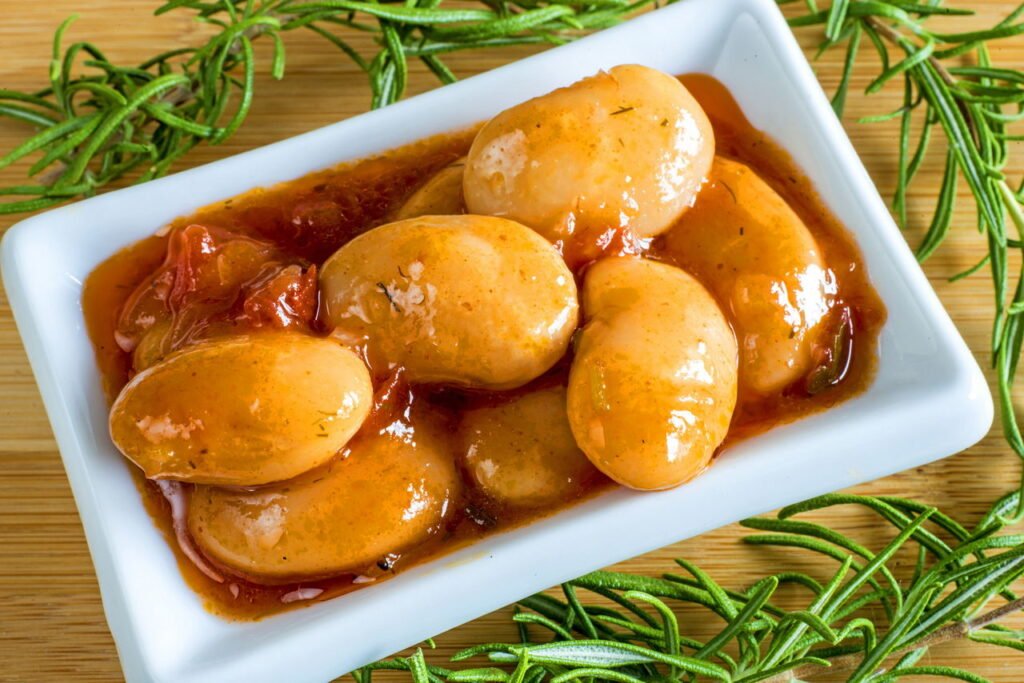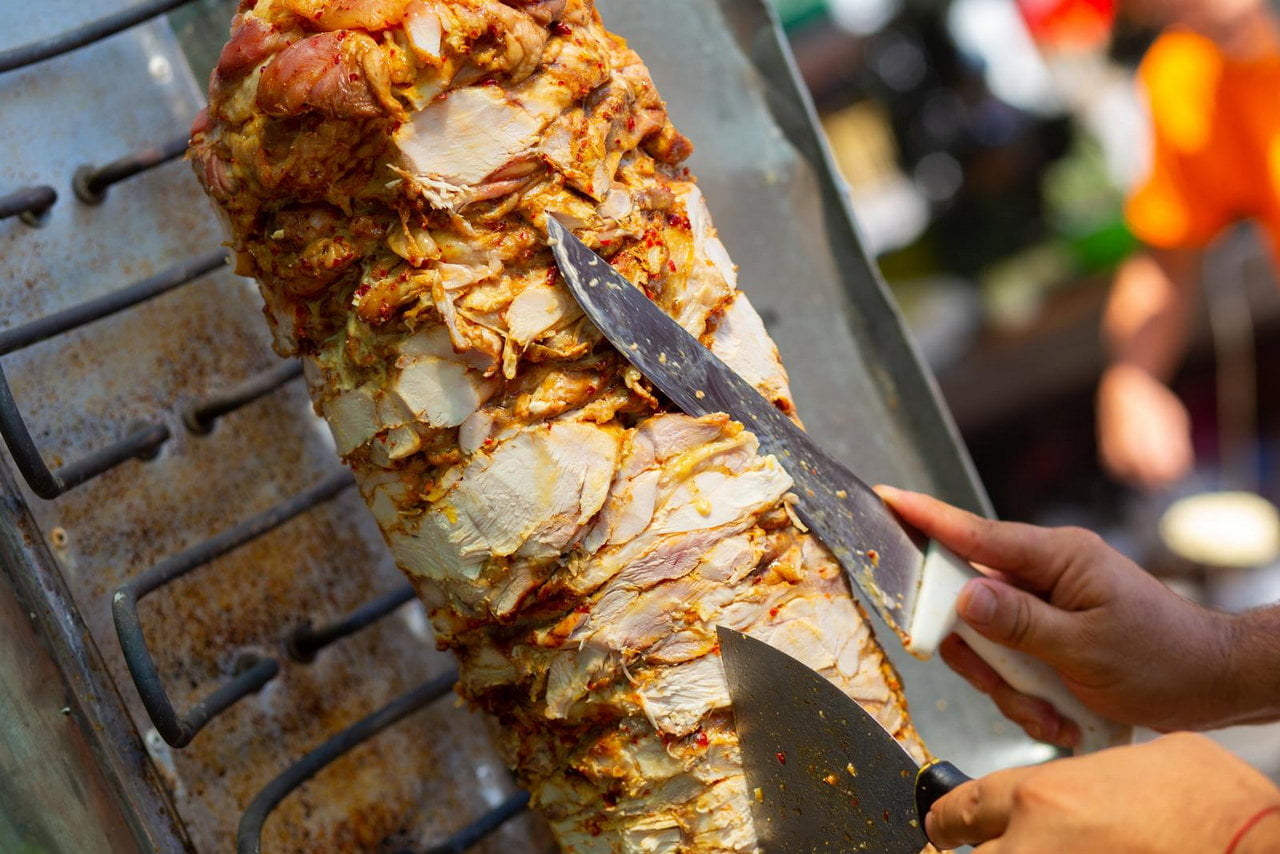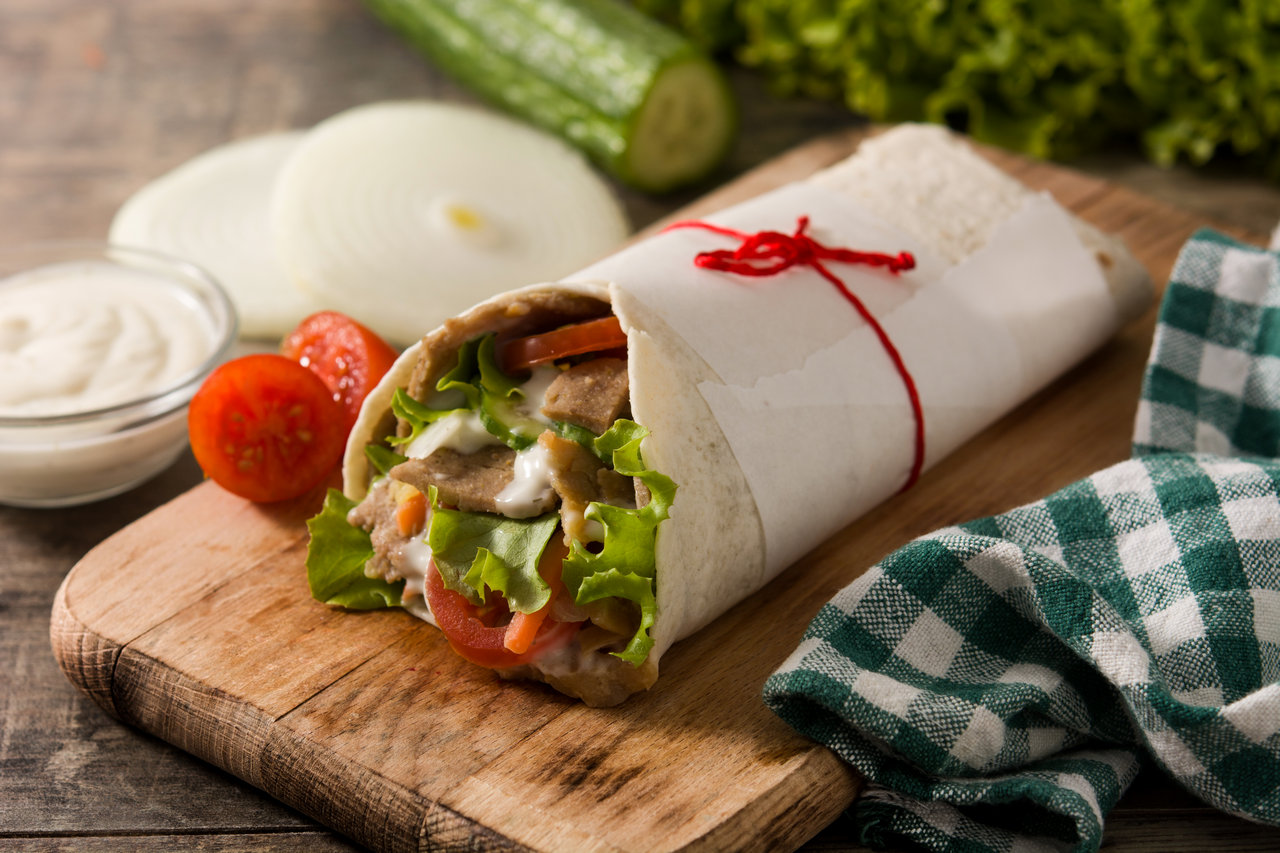12 Delicious Greek Meze Dishes, the Greek Appetizers
What is a Greek Meze?
When Greek people dine out they usually share a variety of mezedes, various different dishes which are rather apetizers than main dishes. However, when many of them are combined together, then they create a delicious meal.
In Greek dining, the concept of “meze” encompasses an eclectic mix of dishes ranging from seafood to various meats, including delicacies such as sausages and small fried fish. The essence of meze lies not in culinary sophistication or adherence to traditional meal sequences, as in French dining, but in encouraging conversation and the exchange of ideas on any topic, from trivial matters to philosophical debates, sports and politics.
Greek meze is primarily a prelude to a main meal, usually eaten outside the home, but it is also popular for gatherings at home. Unlike a large single dish, an authentic meze is either served in small, gradually savored portions at the table or is pre-cut for convenience.
Meze is a delightful excuse for summer gatherings with friends, offering an atmosphere of conviviality, leisure, drinks and, of course, delicious food.
Tzatziki

Tzatziki, a traditional Greek dip, consists of salted yogurt and cucumber. Its main ingredients are strained yogurt, finely shredded cucumber, olive oil, garlic, lemon juice, salt, and a blend of herbs. Authentic Greek tzatziki is typically made with sheep or goat yogurt, although it can be made with plain full-fat Greek yogurt. Commonly served with pita bread, grilled vegetables and sandwiches, tzatziki is a versatile condiment.
Dolmadakia

Dolmadakia, also known as dolmades, are grape leaves carefully stuffed with a filling. The classic vegetarian version includes a mixture of rice and a variety of herbs. Alternatively, the filling can be a combination of ground meat, rice and herbs. Ideal as a side dish, appetizer or main course, dolmadakia is best eaten at room temperature or chilled, often dressed with a drizzle of olive oil and served with lemon wedges. Greek yogurt can be added to enhance the flavor profile.
Fava

Fava, a distinctive Greek dish, is made from yellow split peas, not to be confused with fava beans. These peas are cooked to a thick, mushy consistency and then mixed with caramelized onions, garlic and thyme. Typically served as part of a meze platter or as a stand-alone dish, fava pairs well with warm, crusty bread or pita.
Melitzanosalata
Melitzanosalata, a savory Greek eggplant dip, is made with roasted eggplant, which imparts a smoky essence. This dip combines the eggplant with garlic, parsley, red onion, lemon juice, and olive oil. It’s often served as an appetizer with pita or bread of your choice, or as a side dish with grilled meats or fish. Some variations include a touch of ground cumin and crushed red pepper flakes, which add a subtle heat to the dish.
Saganaki

Saganaki encompasses a variety of dishes prepared in a special small frying pan, with the most famous version being a delicious appetizer of fried cheese. Common cheeses for saganaki include graviera, kefalograviera, halloumi, kasseri, kefalotyri, or feta cheese. The cheese is skillfully melted in a pan until it bubbles and is typically garnished with lemon juice and pepper and served with bread.
Keftedes

Keftedes, known worldwide as Greek meatballs, stand as a celebrated Greek appetizer. Often featured as a key element of a meze platter, they are perfectly paired with creamy tzatziki sauce and pita bread. Alternatively, they can make a hearty meal when served with basmati rice and a refreshing Greek feta salad. While traditionally pan-fried, keftedes can also be baked or grilled for a healthier option.
Tyropitakia

Tyropitakia, or tiropita, is a quintessential Greek pastry made with multiple layers of buttered phyllo dough encasing a savory cheese-egg mixture. This dish is presented either as a single, free-form wrapped pastry or as a larger pie portioned for serving. When made with Kasseri cheese, it is often called Kasseropita.
Grilled Sardines

Grilled sardines are a staple of Greek cuisine, typically flavored with lemon and oregano. These sardines are usually grilled over a barbecue or grill pan, resulting in a lightly charred exterior and a juicy interior. This dish is often accompanied by a traditional Greek salad and grilled bread seasoned with dried oregano, sea salt and a drizzle of olive oil.
Tyrokafteri
Tyrokafteri, a bold and spicy Greek feta dip, embodies the essence of Mediterranean flavors. Its name, which translates to “cheese burning,” aptly describes its fiery character. This dip is expertly crafted with Greek feta cheese, olive oil, dried red chili flakes, roasted peppers, chopped red chilies and red wine vinegar. These ingredients are carefully blended in a food processor or stand mixer to achieve a harmonious blend. Typically served with toasted bread or pita, Tyrokafteri is an excellent complement to roasted lamb and other grilled meats.
Loukaniko
Loukaniko is a traditional Greek sausage with a rich history dating back to classical times. This coarsely ground country sausage varies by region and by individual recipe. Essential ingredients include pork, garlic and citrus peel, with frequent additions of fennel, cinnamon and minced cooked leek. The predominant flavors are typically orange zest, garlic, and coriander, with many variations featuring a blend of pork and lamb. Loukaniko is best smoked or grilled over an open fire, but it also lends itself well to stews and stir-fries.
Gigantes Plaki

Gigantes Plaki is a quintessential Greek dish of baked giant beans in a hearty tomato sauce enriched with extra virgin olive oil. “Plaki” is a Greek cooking method that involves baking or roasting with abundant tomatoes, vegetables and olive oil. This dish is composed of gigantes beans and tomato sauce, enhanced with various garnishes. It serves as a wholesome vegetarian dinner paired with crusty bread and a large Greek salad, or as a delicious appetizer served at room temperature on bread.
Kolokithokeftedes (Zucchini Balls)
Kolokithokeftedes, traditional Greek fried zucchini or courgette balls, are a staple of the Cretan ouzo meze, widely served in the island’s taverns and restaurants. These savory balls are made from grated zucchini, red onions, scallions, mint, eggs, feta cheese, salt, ground pepper, parsley, and breadcrumbs or self-raising flour. The mixture is formed into balls and fried to get a crispy exterior and a creamy interior. Kolokithokeftedes can be enjoyed with a light yogurt dip, tzatziki sauce, or as the centerpiece of a meze platter.
Read more:





